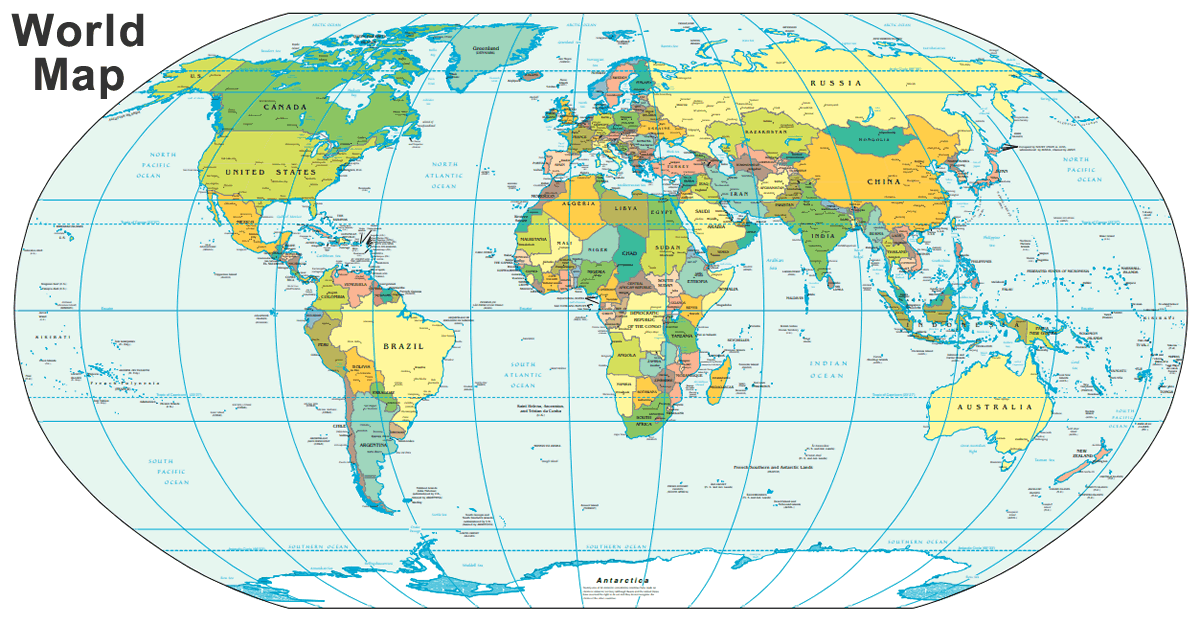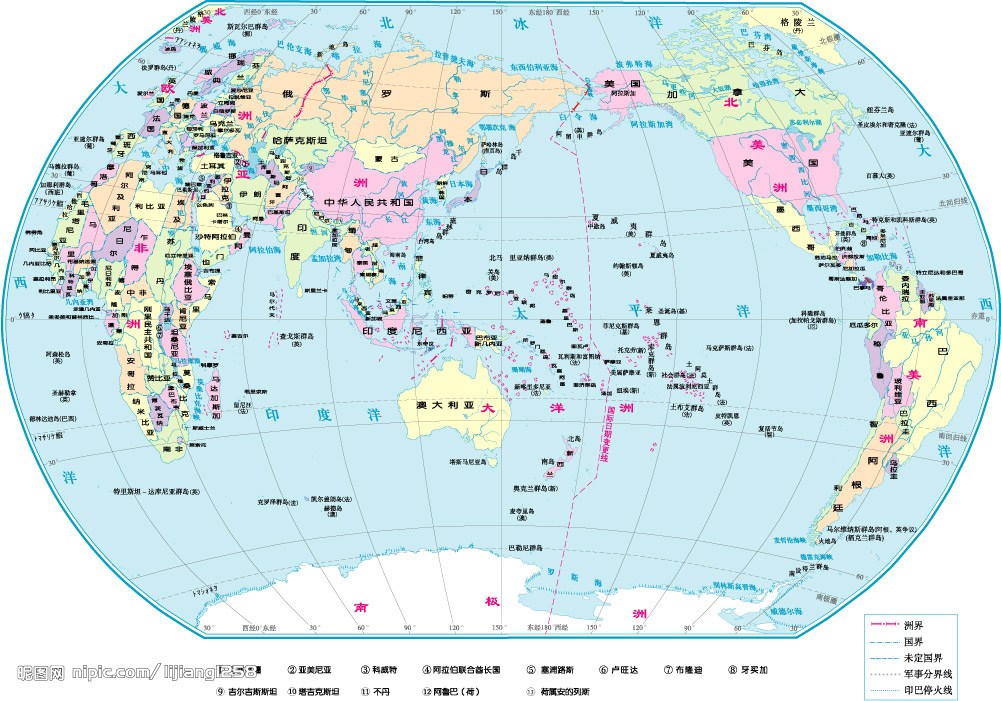In chapter 2 of Graphesis, Interpreting Visualization: Visualization Interpretation, Drucker describes many different graphical visualization forms in the history, and classify them into different parameters such as, graphical format, intellectual purpose or function, the type of content they express, the way they structure meaning and their disciplinary origins. She traces those visualization deeply and tries analysis them from the very beginning.
I am very fond of reading the part of "Visualizing uncertainty and interpretative cartography. A huge part of our daily life is filled with uncertainty and ambiguity. But often we get so used to it and don't realize it. Every day we take the subway to school, to work or back home. The charmingly complicated NYC subway map with various color lines is one of the first examples that jump to my mind about the humanistic approach. It is not a precisely "truthful" distance representation, but it is an interpretative representation of the data to convey what people need to know. The author states "the shift away from standard metrics to metrics that express interpretation is an essential move for humanist and/or constructivists across disciplines." Identified as a humanist, I never really thought about or articulate the importance of visualizing interpretation. It is good to keep asking oneself, as a designer, what can I do to serve the purpose of my work better. It goes without saying that our biggest purpose is for human to understand. The author also stresses the difference between representing the uncertainty and ambiguity for humanistic reasons and using the uncertainty and ambiguity to construct a representation to convey a kind of bias. I remember when I was in China, I found that the size of Russia seems inconsistent in different maps. In the map of China, Russia seems just a bit larger than China. But in a world map produced by some other countries, Russia is significantly larger. Political climate has affected cartography long ago. An interesting and confusing observation for me as a young kid.


